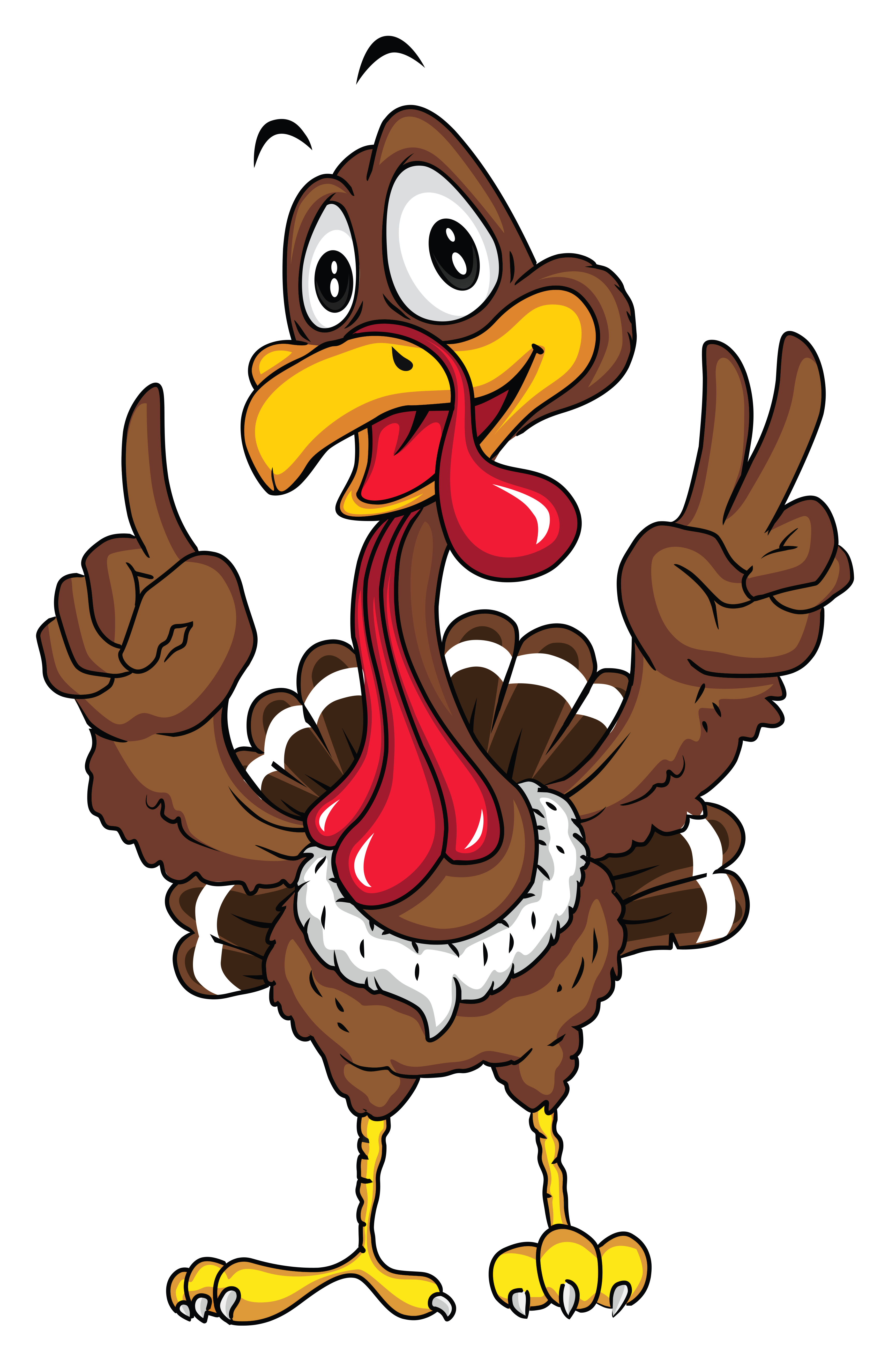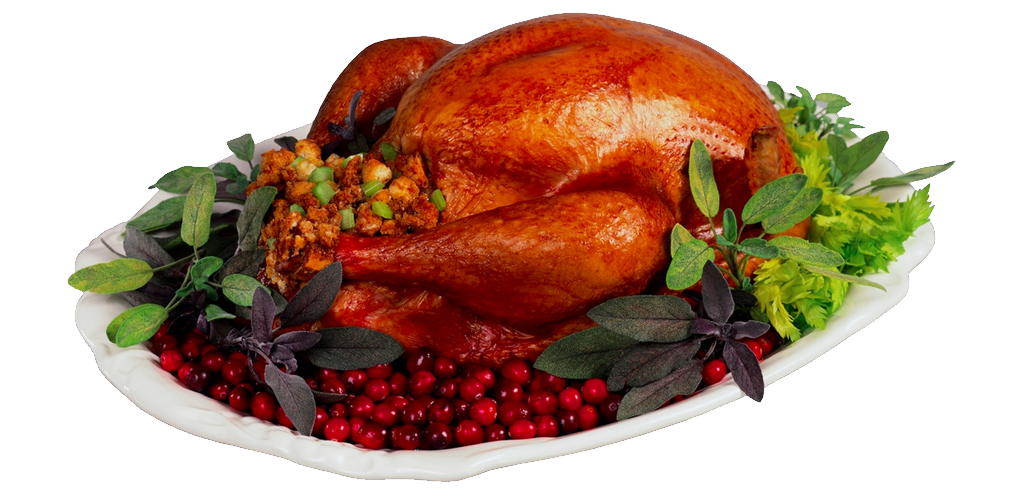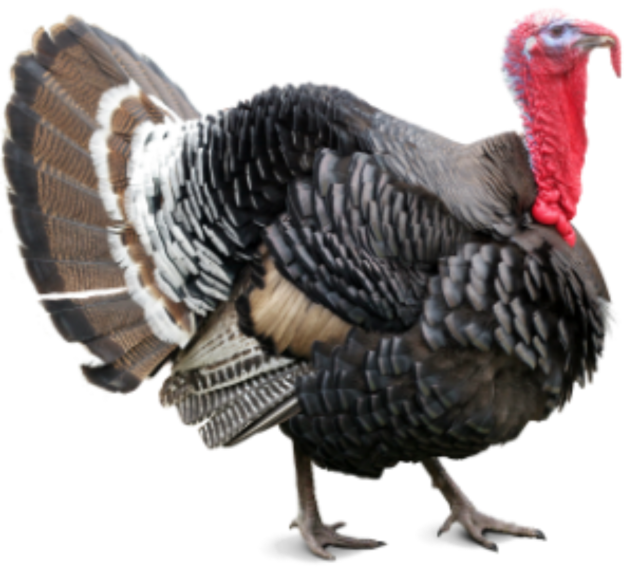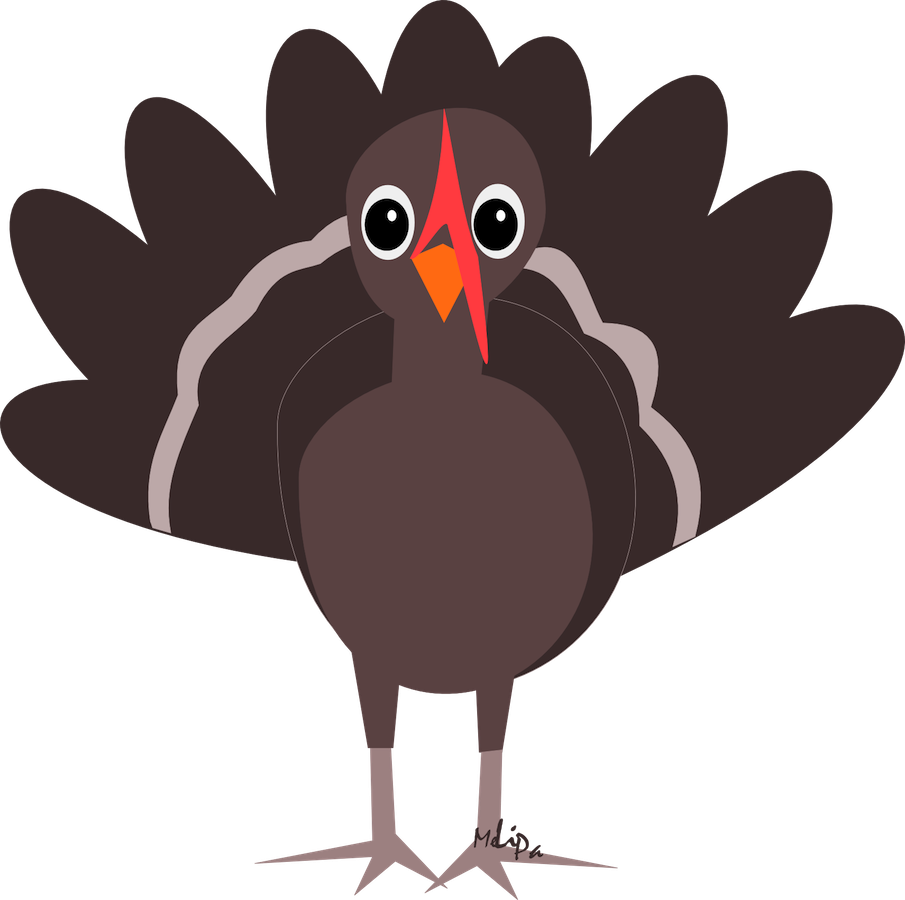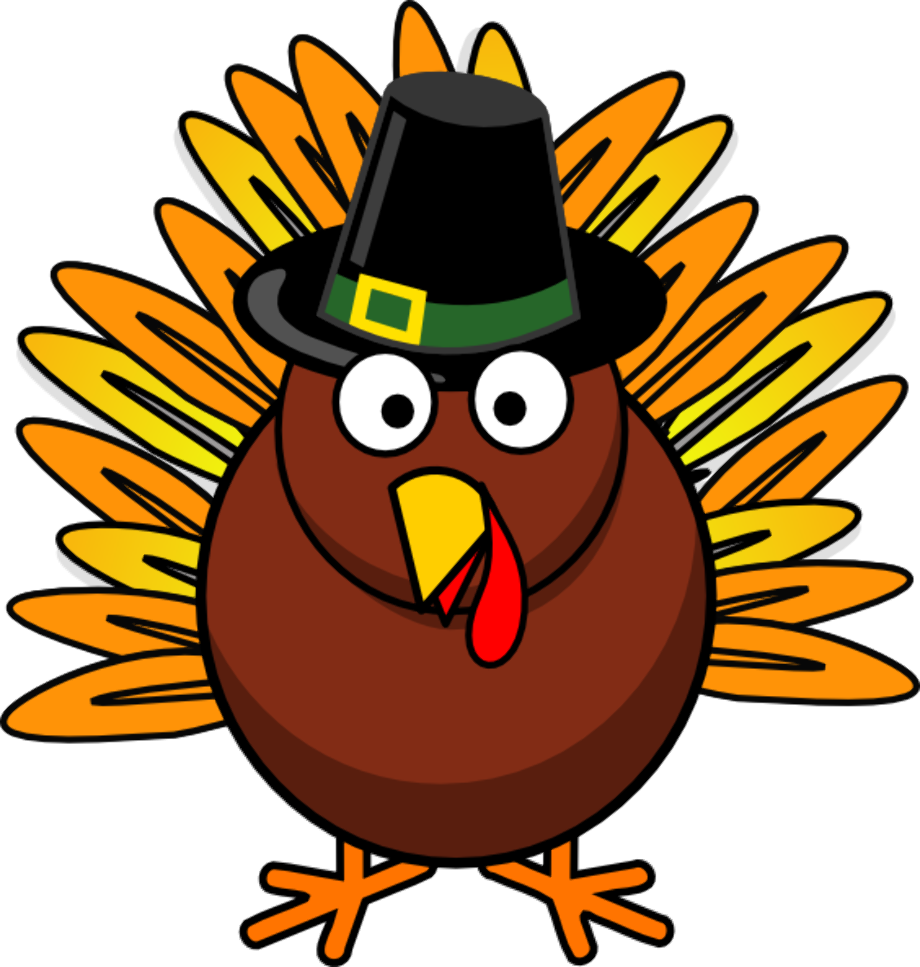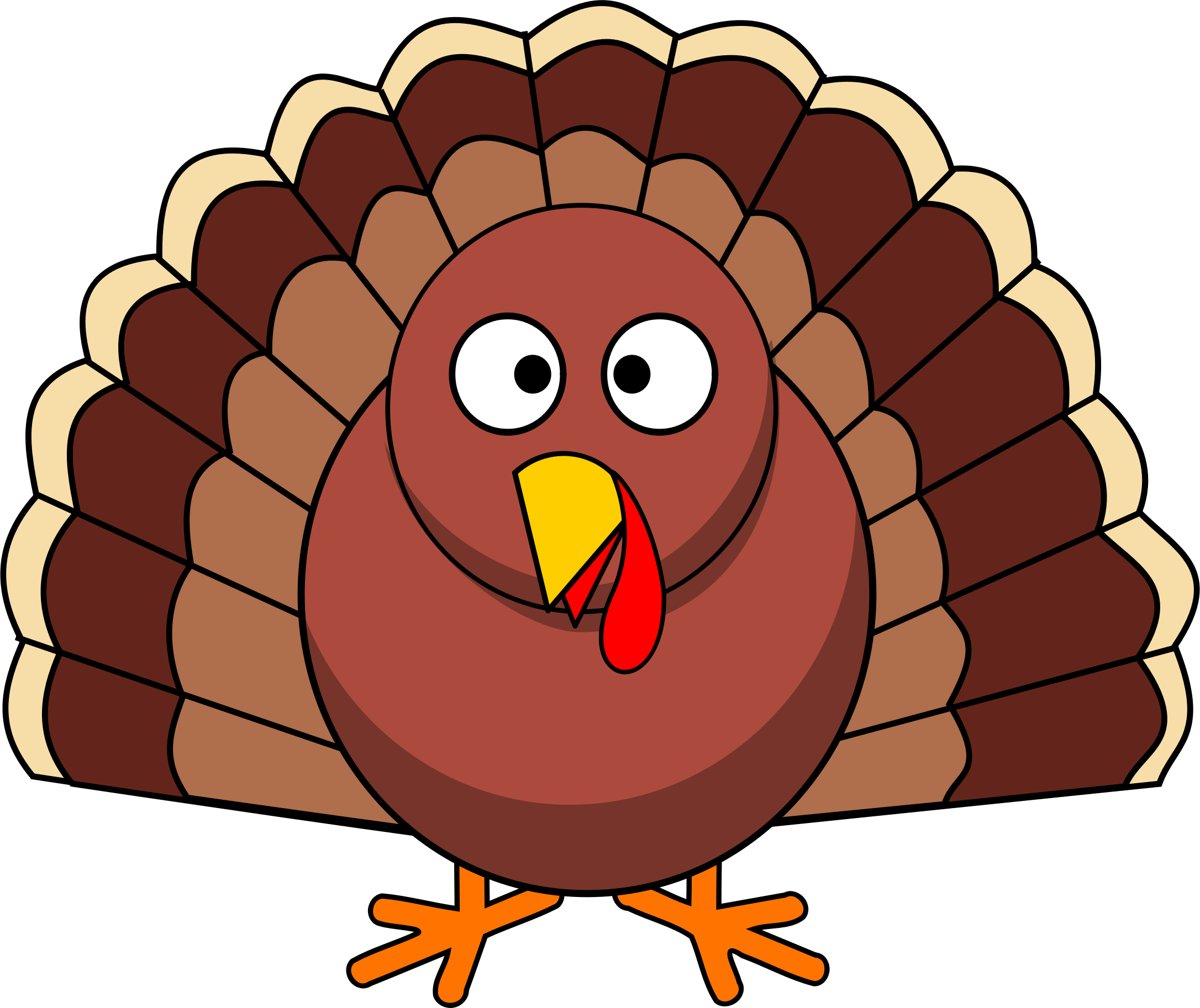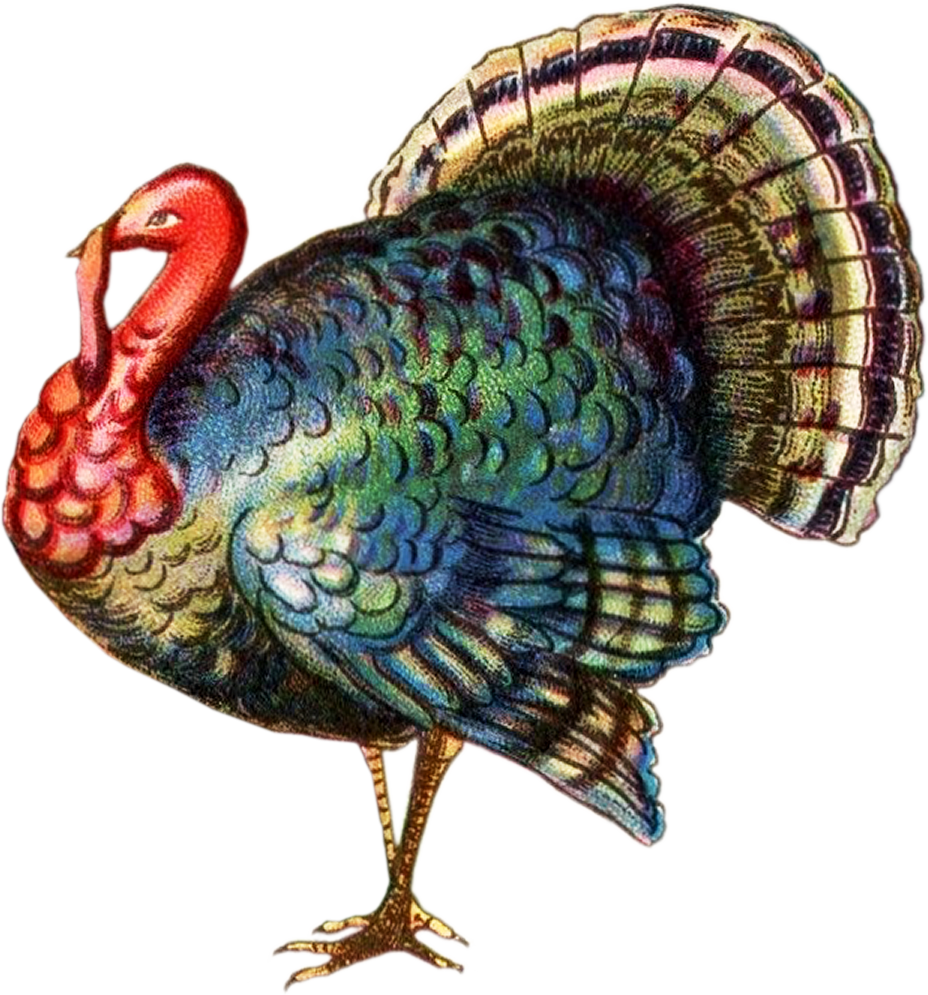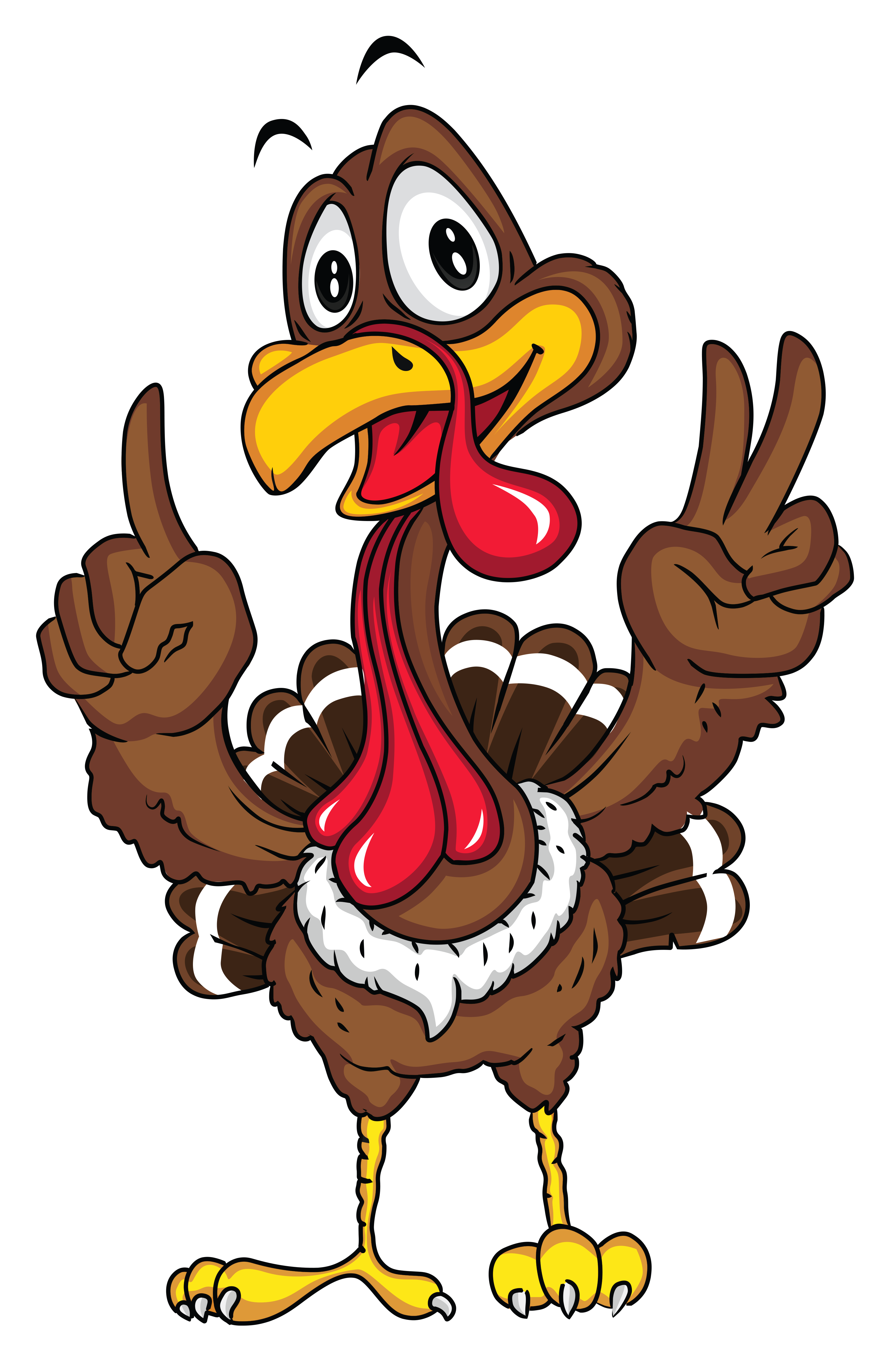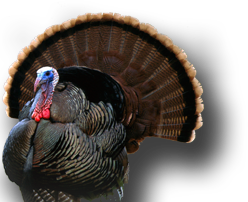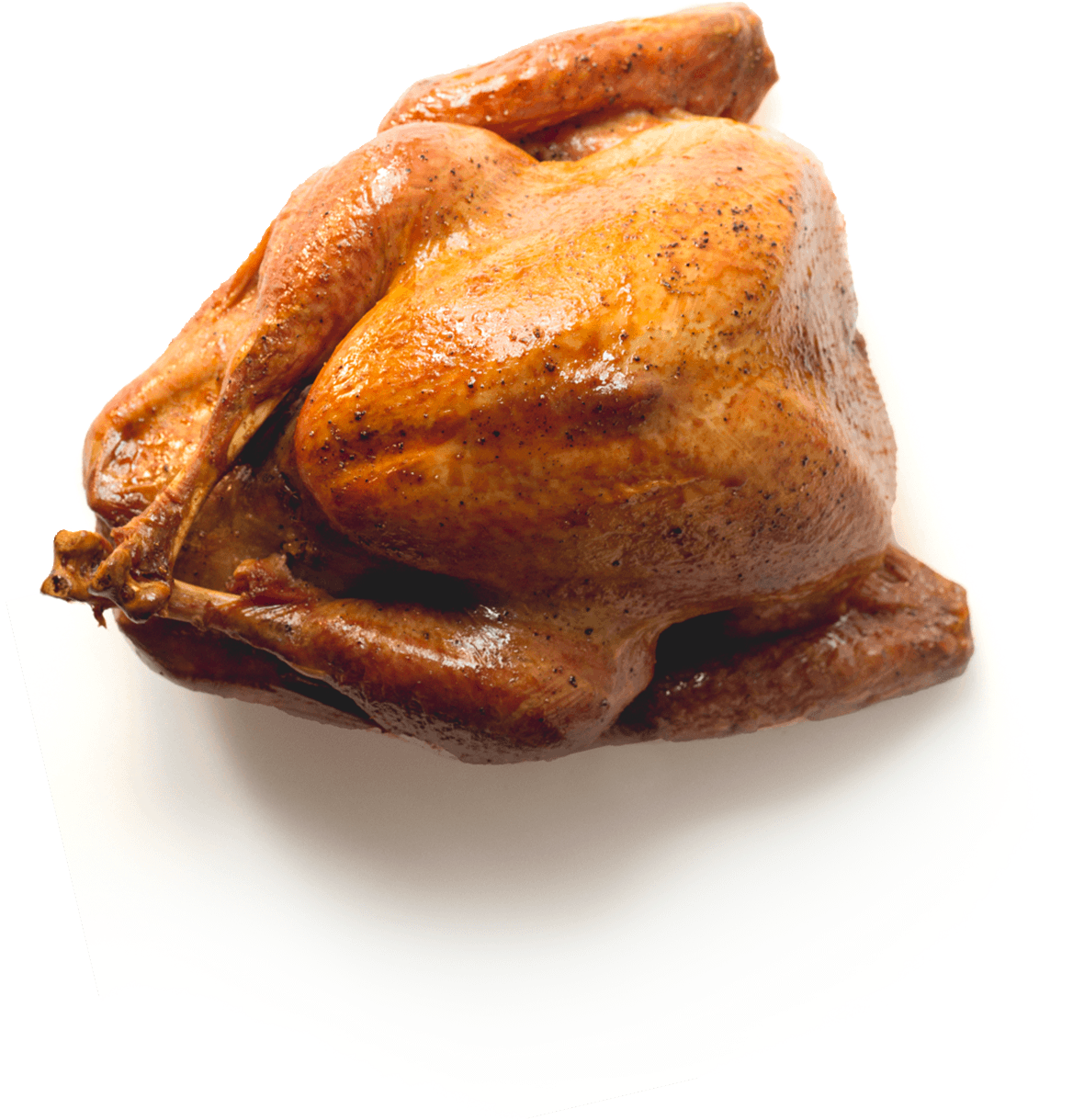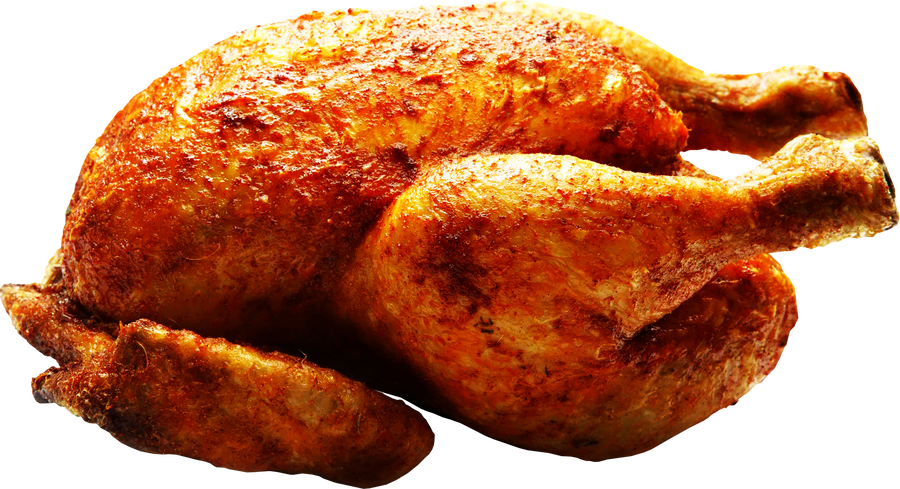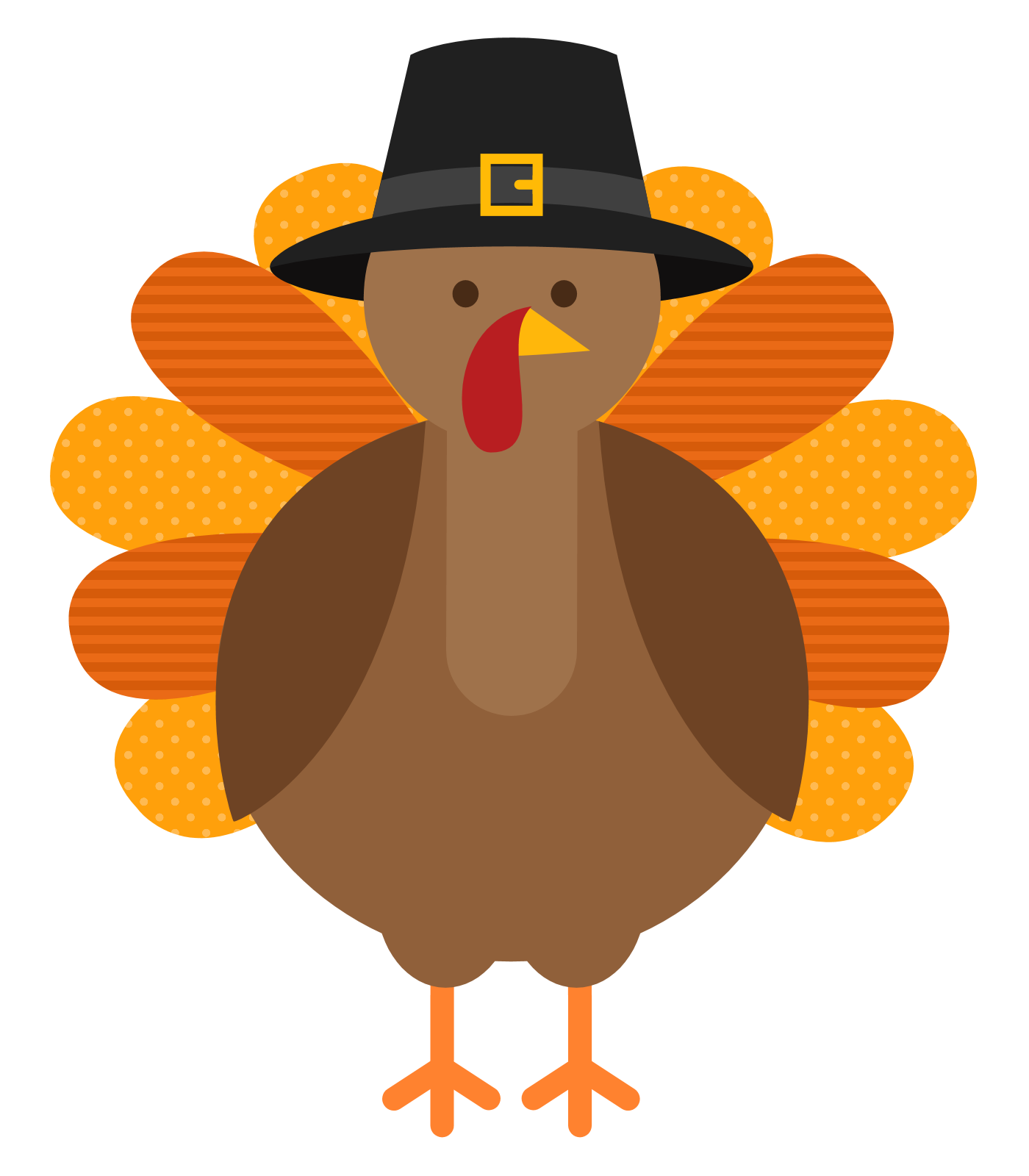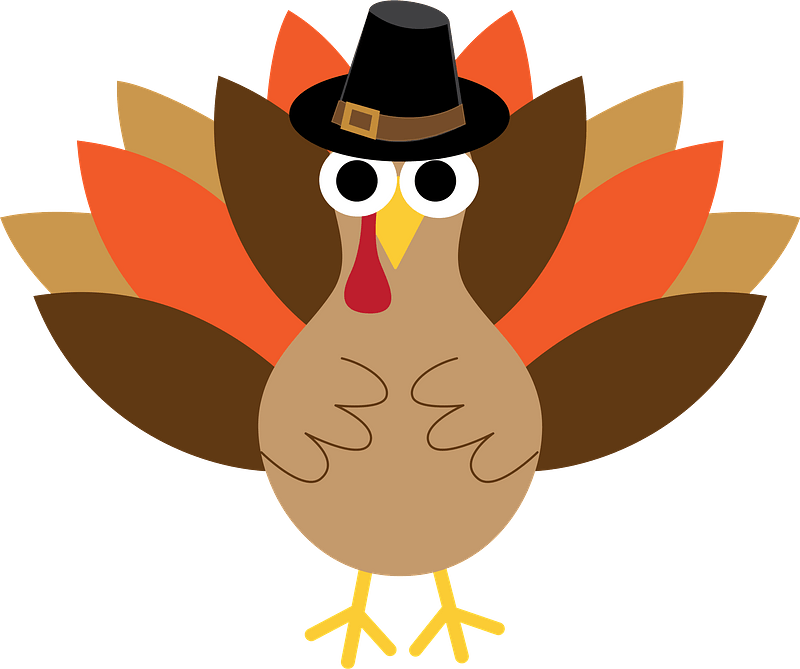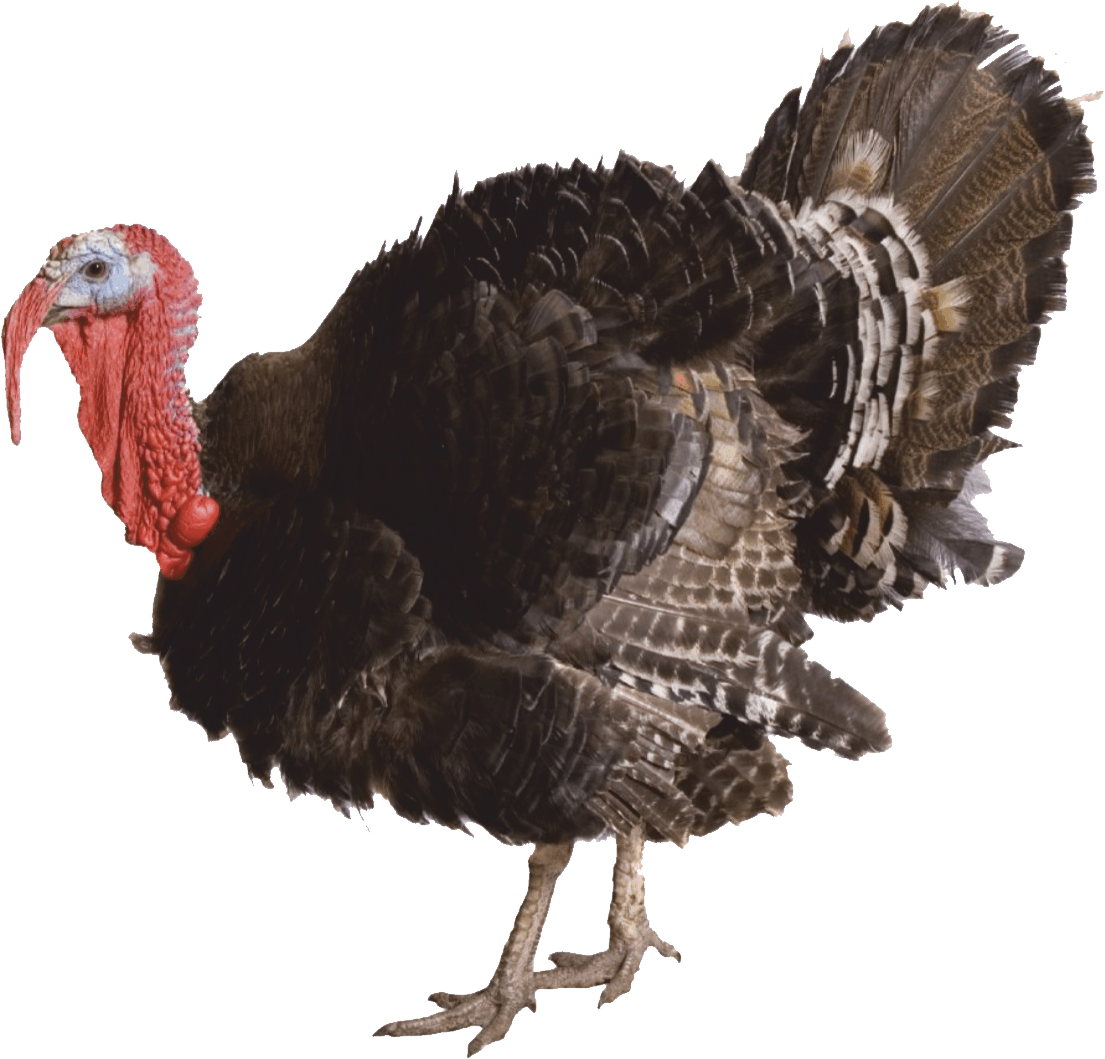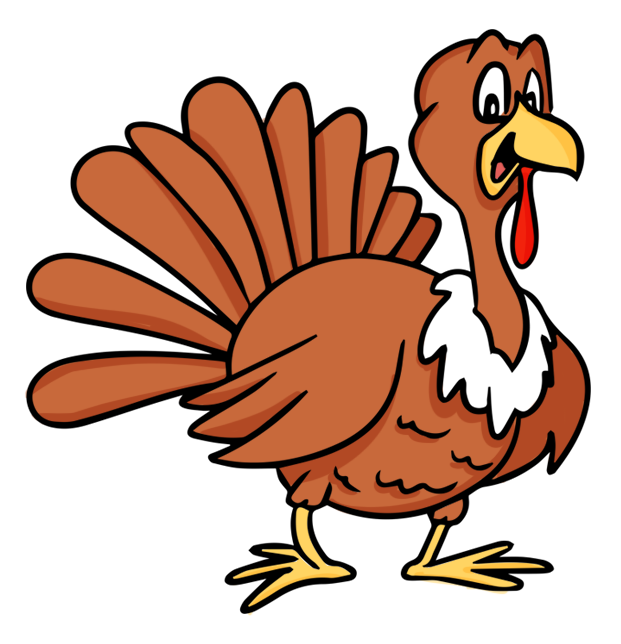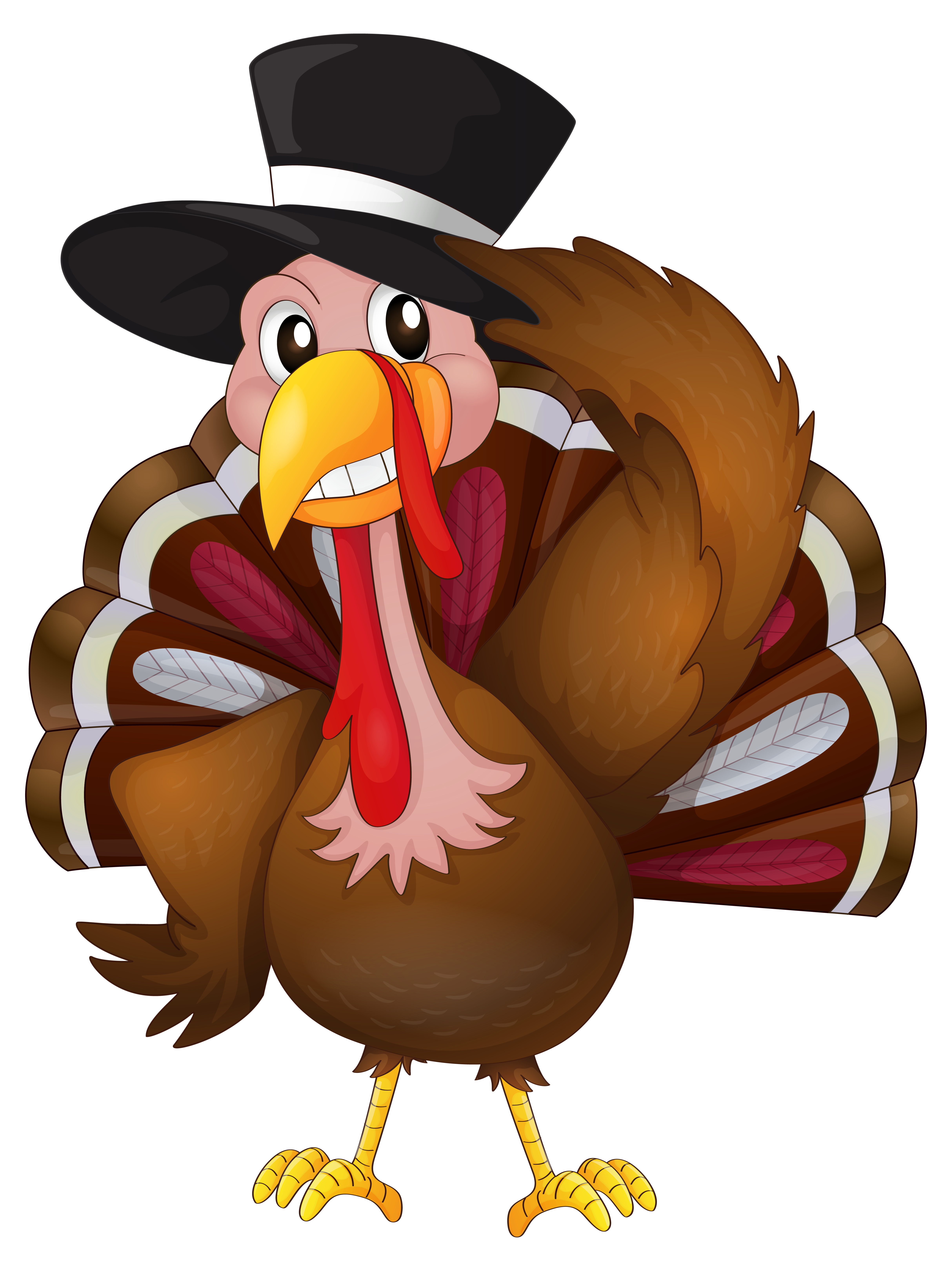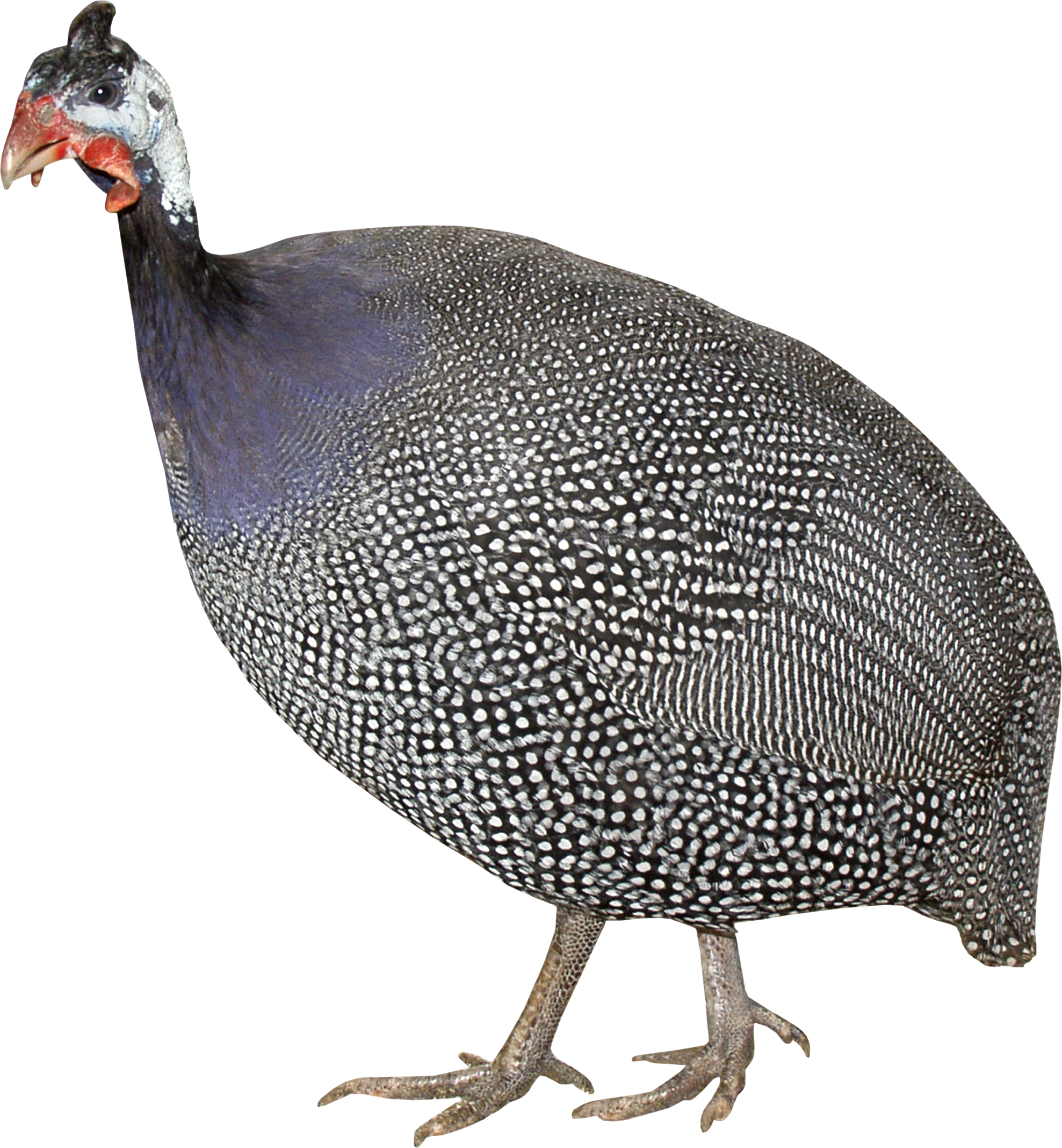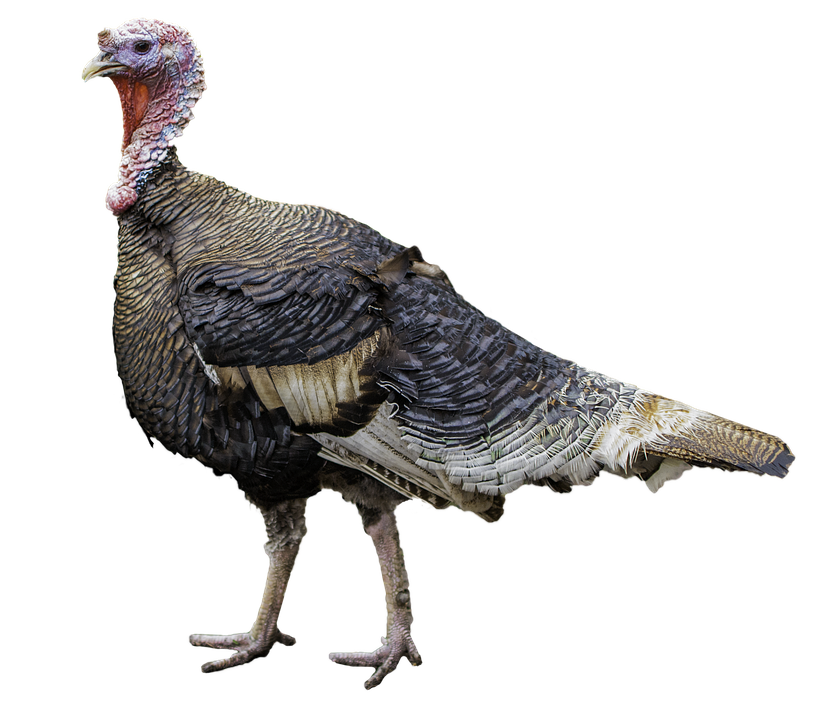Download top and best high-quality free Turkey PNG Transparent Images backgrounds available in various sizes. To view the full PNG size resolution click on any of the below image thumbnail.
License Info: Creative Commons 4.0 BY-NC
When we think of Thanksgiving or the beauty of nature, one bird that often comes to mind is the magnificent Turkey. With its striking appearance and rich symbolism, the Turkey bird holds a special place in our hearts and culture. In this article, we will explore the world of the Turkey bird, shedding light on its characteristics, behavior, and significance in both the natural and cultural realms.
The Appearance of the Turkey Bird
The Turkey bird is instantly recognizable for its unique and vibrant features. It boasts a large and plump body covered in feathers that exhibit a beautiful range of colors. From the shimmering bronze and copper hues to the iridescent greens and blues, the Turkey’s plumage is truly a sight to behold. The male, known as a Tom, stands out with its magnificent fan-shaped tail feathers, which are often displayed during courtship rituals or to assert dominance.
One of the most distinctive features of the Turkey bird is its bare, fleshy head adorned with wattles and a long, dangling appendage called a snood. These facial characteristics can change color, becoming more vibrant during displays of aggression or courtship. The Turkey’s head also showcases a prominent beak, perfectly adapted for foraging and consuming a variety of foods.
The Behavior and Habitat of Turkeys
Turkeys are primarily ground-dwelling birds that inhabit various habitats across North America, including forests, grasslands, and woodlands. They are social creatures and typically live in flocks, known as a rafter or a gang. Within these flocks, there is a clear social structure with dominant males leading and protecting the group.
During the breeding season, male Turkeys engage in elaborate courtship displays to attract females. These displays often involve spreading their tail feathers into a magnificent fan, puffing up their bodies, and emitting low-frequency sounds known as “gobbles.” The display is both mesmerizing and symbolic of their dominance and desirability as a mate.
Turkeys are omnivorous, meaning they consume both plant matter and small invertebrates. Their diet consists of seeds, nuts, berries, insects, and occasionally small reptiles or amphibians. They forage on the ground using their sharp beaks to search for food, and their keen eyesight helps them detect potential threats.
The Cultural Significance of Turkeys
The Turkey bird holds a prominent place in various cultural traditions and celebrations. In the United States, Turkey has become synonymous with Thanksgiving, where it takes center stage as the main course for festive meals. The Turkey’s association with this holiday dates back to early American history when the Pilgrims and Native Americans gathered for a harvest feast.
Furthermore, Turkeys have long been symbols of abundance, fertility, and gratitude. In Native American cultures, they are revered as spiritual guides and are believed to carry messages from the spirit realm. The Turkey’s feathers have also been used in ceremonial rituals and as decorative elements in traditional attire.
Outside of cultural traditions, Turkeys also play an essential role in ecological balance. As seed dispersers, they contribute to the regeneration of forests by spreading seeds through their droppings. Additionally, Turkeys serve as prey for other animals, contributing to the intricate web of life within their ecosystems.
Wrapping it up
The Turkey bird is not just a symbol of Thanksgiving; it represents the beauty of nature and carries cultural significance that spans generations. From its stunning appearance and captivating behaviors to its role in ecological balance, the Turkey holds a special place in our world. Its vibrant plumage, unique facial features, and impressive courtship displays make it a remarkable bird to observe. The social nature of Turkeys and their hierarchical structure within flocks add to the intrigue of their behavior.
In addition to their natural characteristics, Turkeys have become deeply ingrained in our cultural traditions. Thanksgiving, a holiday celebrated by millions, centers around the presence of a roasted Turkey on the dinner table. It serves as a reminder of abundance, gratitude, and the importance of coming together with loved ones to share a meal.
Beyond the Thanksgiving table, Turkeys have symbolic significance in various indigenous cultures. They are revered as spiritual guides and carry messages from the spirit realm. Their feathers are often used in ceremonial rituals, adding a touch of beauty and spirituality to important events.
Ecologically, Turkeys play a vital role in maintaining the balance of ecosystems. As omnivores, they contribute to seed dispersal by consuming various fruits, nuts, and berries, then depositing the seeds through their droppings. This helps in the regeneration of forests and the propagation of plant species. Turkeys also serve as a food source for predators, contributing to the intricate food web and ensuring the survival of other species.
Turkey bird is a captivating creature that embodies both natural beauty and cultural significance. Its stunning appearance, intriguing behaviors, and ecological contributions make it a fascinating subject of study and admiration. Whether we encounter Turkeys in the wild, admire them in art and folklore, or savor their presence on our plates during Thanksgiving, they continue to capture our imagination and remind us of the rich diversity and interconnectedness of the natural world.
Download Turkey PNG images transparent gallery
- Turkey PNG Picture
Resolution: 3464 × 5257
Size: 1400 KB
Image Format: .png
Download
- Turkey PNG
Resolution: 1024 × 490
Size: 604 KB
Image Format: .png
Download
- Turkey Transparent
Resolution: 640 × 575
Size: 403 KB
Image Format: .png
Download
- Turkey
Resolution: 1977 × 2911
Size: 6159 KB
Image Format: .png
Download
- Turkey Background PNG
Resolution: 905 × 900
Size: 136 KB
Image Format: .png
Download
- Turkey No Background
Resolution: 920 × 967
Size: 309 KB
Image Format: .png
Download
- Turkey PNG Clipart
Resolution: 2172 × 1825
Size: 321 KB
Image Format: .png
Download
- Turkey PNG Cutout
Resolution: 928 × 995
Size: 1251 KB
Image Format: .png
Download
- Turkey PNG File
Resolution: 3464 × 5257
Size: 1400 KB
Image Format: .png
Download
- Turkey PNG Free Image
Resolution: 248 × 202
Size: 79 KB
Image Format: .png
Download
- Turkey PNG HD Image
Resolution: 1168 × 1219
Size: 357 KB
Image Format: .png
Download
- Turkey PNG Image File
Resolution: 900 × 489
Size: 897 KB
Image Format: .png
Download
- Turkey PNG Image HD
Resolution: 1400 × 1600
Size: 114 KB
Image Format: .png
Download
- Turkey PNG Image
Resolution: 800 × 669
Size: 33 KB
Image Format: .png
Download
- Turkey PNG Images HD
Resolution: 1105 × 1059
Size: 858 KB
Image Format: .png
Download
- Turkey PNG Images
Resolution: 621 × 644
Size: 129 KB
Image Format: .png
Download
- Turkey PNG Photo
Resolution: 4855 × 6479
Size: 3765 KB
Image Format: .png
Download
- Turkey PNG Photos
Resolution: 1977 × 2137
Size: 4433 KB
Image Format: .png
Download
- Turkey PNG Pic
Resolution: 826 × 720
Size: 460 KB
Image Format: .png
Download
